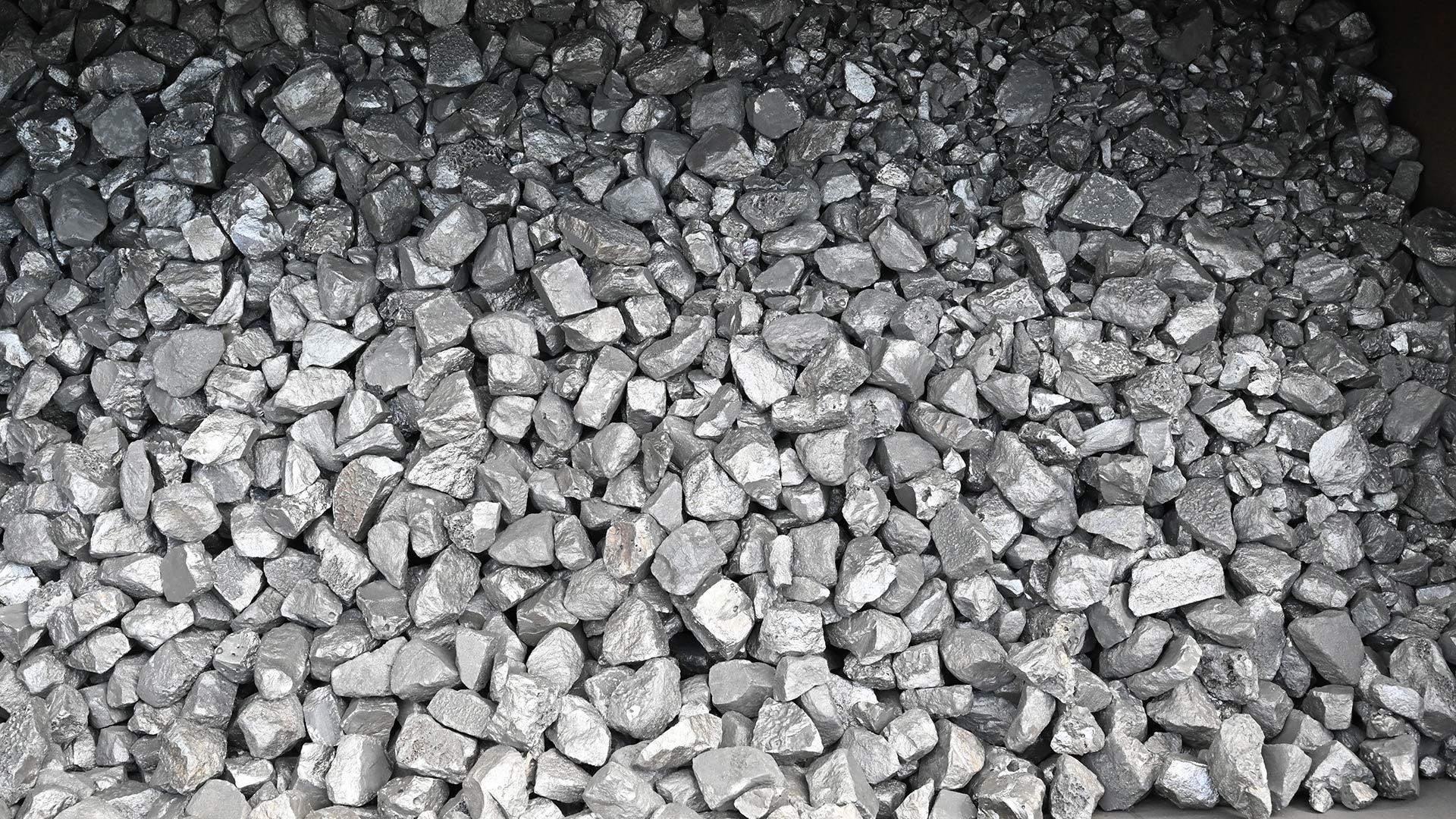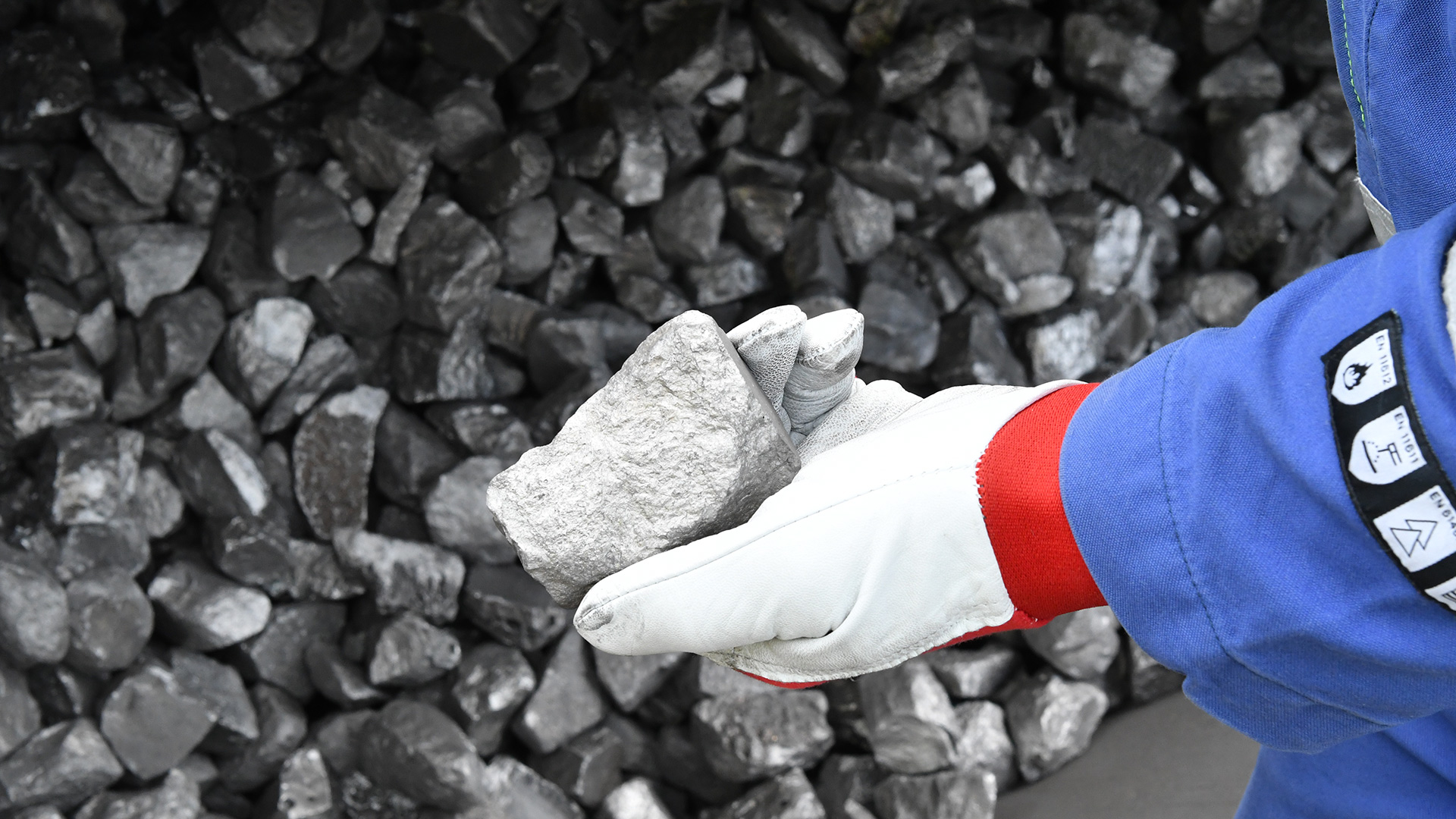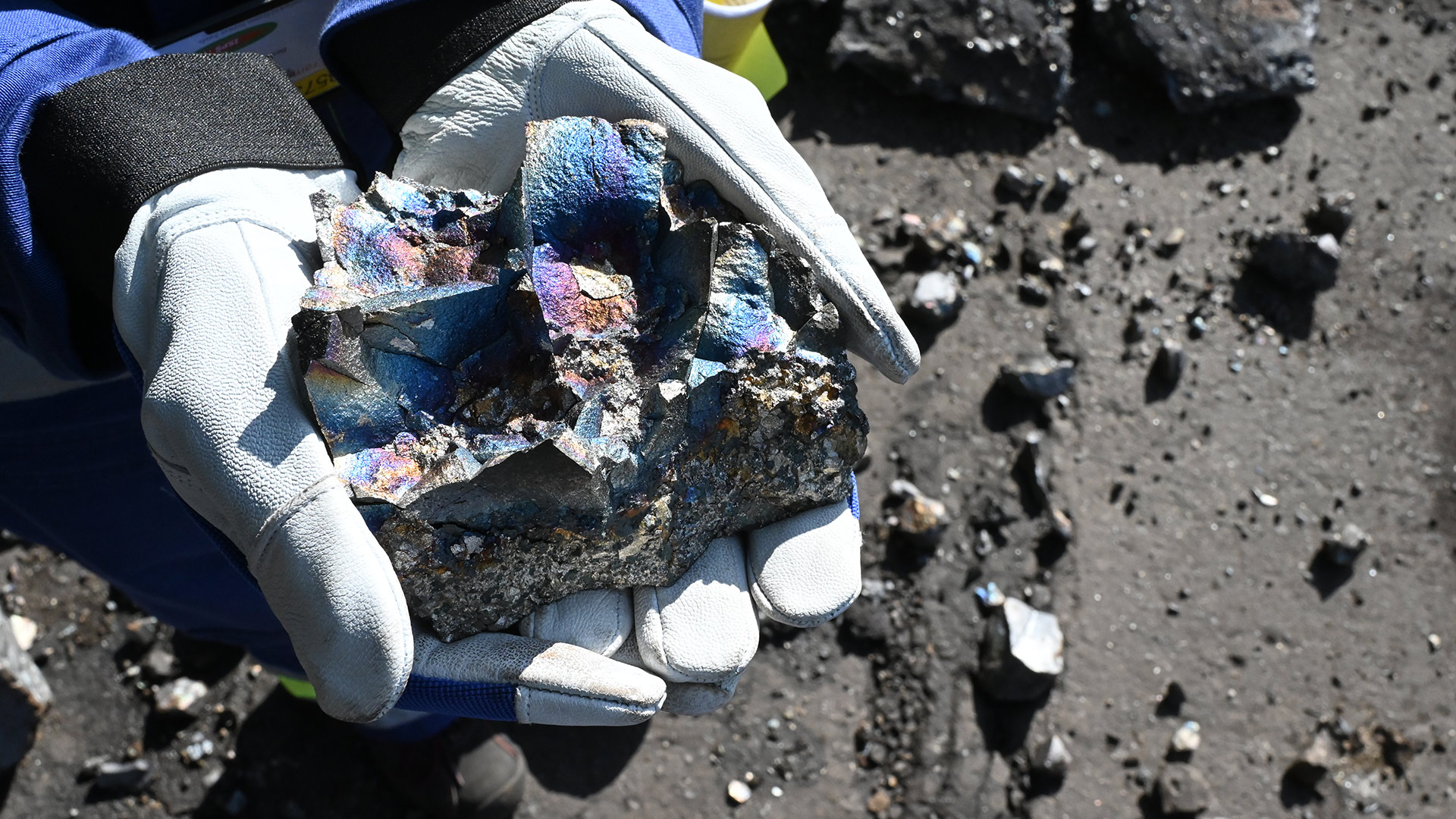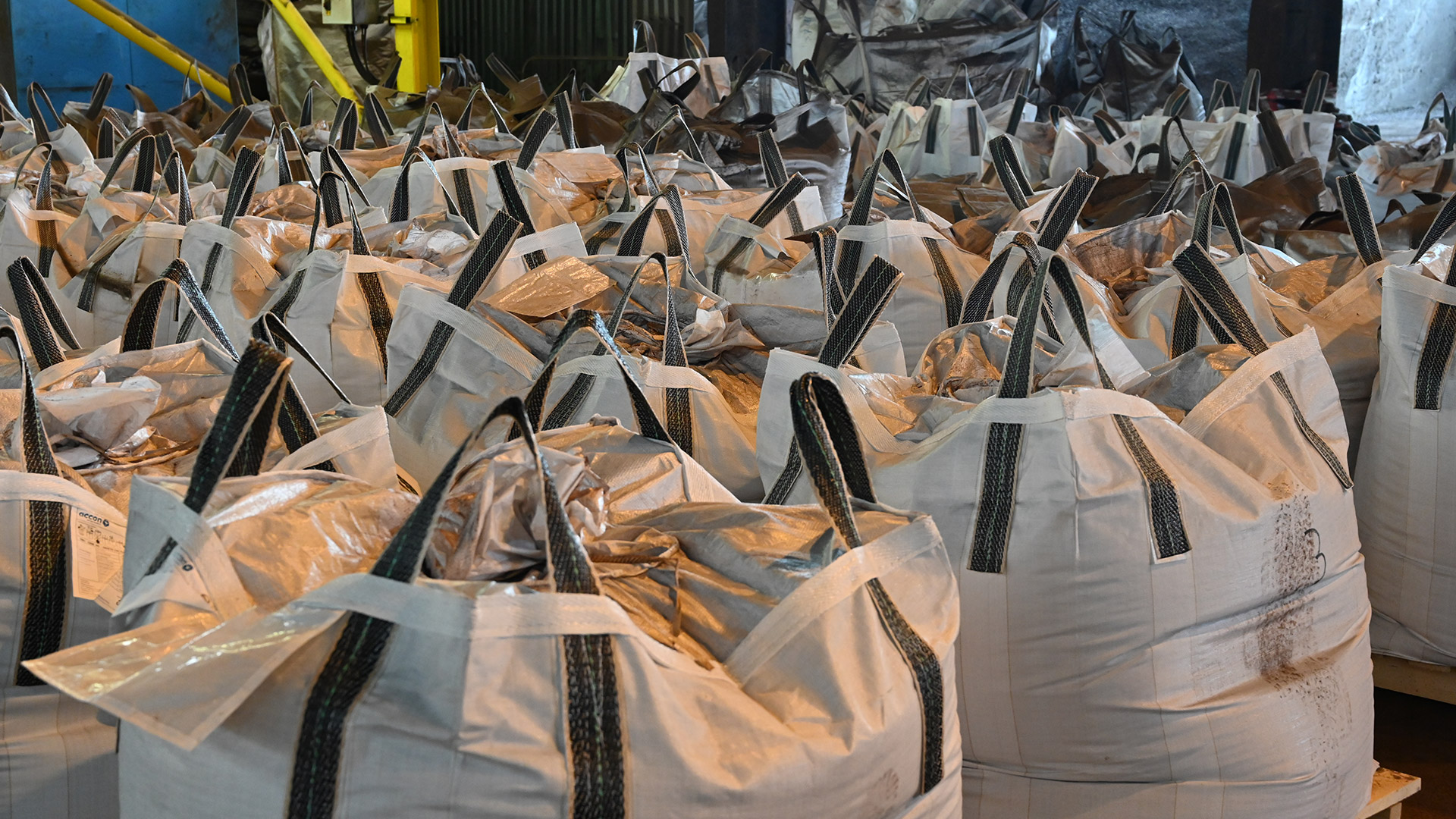Eramet Norway produces high quality market and low-carbon products that are sold to our clients. From sourcing to product delivery to our clients, we are committed to a responsible value chain that ensures human rights and environmental protection.
All Eramet’s low-CO2 manganese alloys are sold under the commercial brand “eraLow”, which has one of the lowest carbon intensities in the industry (scope 1 and 2), with less than 1.9 tons of CO2 per ton of alloy compared to an average of 3.9 among our competitors. To reinforce the credibility of this promise, the carbon footprint of all our “eraLow” alloys is verified by an external auditor, DNV.
These alloys can be tracked via our eraTrace traceability platform, ensuring total transparency for our clients from the upstream of the steel value chain.
Last but not least, “eraLow” guarantees that our alloys are produced according to the highest ESG standards in our competitive environment, not only in terms of decarbonization but also in terms of safety. For example, our automated production processes limit the presence of our operators in hazardous areas. The Group’s extra-financial ratings also guarantee our alignment with the best ESG standards.
Our silicomanganese and ferromanganese products are indispensable for creating durable, high-performance steel used across construction, automotive, and energy sectors. Additionally, with our commitment to resource utilization, we also provide a range of innovative by-products.
Here’s an overview of our core products and their applications.
Silicomanganese

Standard silicomanganese
Standard silicomanganese is a rocky, metallic alloy with a silvery appearance. Both silicon and manganese are critical in modifying steel properties, particularly through their dual role as deoxidizers during steel production. Key benefits include:
- Efficiency in carbon reduction: Silicomanganese introduces less carbon into steel compared to a combination of ferrosilicon 75 (FeSi 75) and high-carbon ferromanganese (HCFeMn).
- Higher silicon yield: Computational analyses reveal that silicon yield is greater when using silicomanganese than when using FeSi 75, ensuring more effective alloying.
This makes standard silicomanganese an ideal choice for general steel production where enhanced deoxidation and carbon control are priorities.
Low-carbon silicomanganese (LCSiMn)
Low-carbon silicomanganese is tailored for specialized steelmaking processes, including AOD (Argon Oxygen Decarburization), VOD (Vacuum Oxygen Decarburization), and CLU (Creusot-Loire – Uddeholm). Its advantages include:
- Productivity gains: In decarburization processes, its use improves productivity by 4–6%.
- Efficient alloying: It reduces manganese oxidization and silicon requirements, resulting in a less fluid slag and extended furnace lining life.
- Phosphorus control: LCSiMn has a higher manganese-to-phosphorus (Mn/P) ratio, significantly reducing the phosphorus input compared to HCFeMn.
Additionally, LCSiMn can substitute manganese metal and ferrosilicon in certain low-carbon steel grades, making it a versatile solution for advanced steel production needs.

Ferromanganese

Medium and low-carbon ferromanganese (MC/LCFeMn)
Medium and low-carbon ferromanganese are metallic, lumpy alloys with a silvery finish. They play a critical role in enhancing steel’s mechanical and structural properties, such as:
- Tensile strength and toughness: Adding manganese boosts steel’s ability to endure stress without breaking.
- Workability and hardness: It improves steel’s ability to be shaped while maintaining its structural integrity.
- Sulfur reaction: Manganese combines with residual sulfur in steel to prevent surface cracking, improving durability.
Carbon efficiency:
- Using MC/LCFeMn instead of high-carbon ferromanganese (HCFeMn) significantly reduces carbon addition—by 80% to 93% in steel with 2% of manganese content.
- Delivered in lump form, this alloy ensures a higher manganese yield compared to alternatives like electrolytic manganese flakes, optimizing the steelmaking process.
These properties make medium and low-carbon ferromanganese indispensable for applications requiring precise control over carbon content and enhanced mechanical performance.
High-carbon ferromanganese (HCFeMn)
High-carbon ferromanganese is a metallic, lumpy material that may develop a dark oxide coating during storage. It is a cost-effective alloying element widely used in steelmaking due to its ability to:
- Enhance mechanical properties: It improves tensile strength, toughness, and abrasion resistance, making steel suitable for demanding applications.
- Prevent cracking: It reacts with sulfur in the steel to mitigate surface defects caused by sulfur contamination.
As one of the least expensive alloying elements, HCFeMn is essential to mass steel production, offering a balance of cost and performance across construction, automotive, and industrial applications.

By-products

Key by-products
Eramet Norway prioritizes sustainability by turning production by-products into valuable resources. These by-products not only minimize waste but also support a circular economy.
- Silica Green Stone:
- A sustainable construction material based on slag from silicomanganese production.
- Used in road construction, landscaping, and other industrial applications.
- MOR Dust:
- Generated during the refining process, this by-product is repurposed for various industrial uses.
- Energy-rich furnace gas:
- Recovered and used as an alternative energy source for internal and external applications, reducing dependence on fossil fuels.
Our commitment to innovative resource management ensures that every output from our facilities contributes to sustainable industrial ecosystems.
